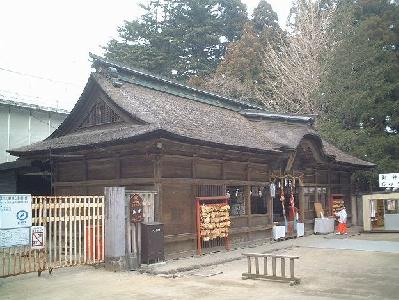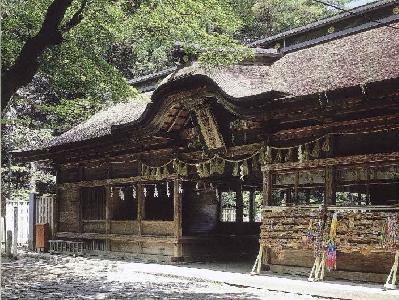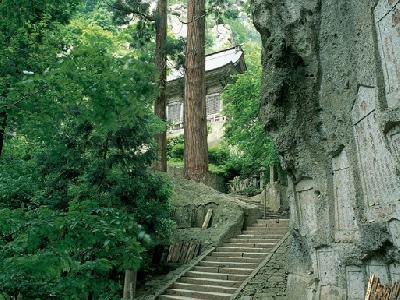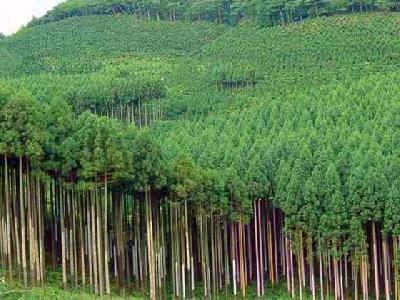|
Osaki Hachimangu Shrine in Yawata, Aoba-ku, Sendai City, Miyagi Prefecture, is a historic shrine founded in 1607 by Date Masamune as the highest guardian god of the Sendai domain. The enshrined deities are Emperor Ojin and his parents Emperor Chuai and Empress Jingu.
As the oldest structure ever built in the Toshogu style known as Gongen-zukuri, which brings the culture of the Azuchi-Momoyama period (1568-1598) to the present day, the shrine pavilion is designated as a National Treasure.
Nagatoko (the worshippers’ hall) is presumed to have been constructed a little later than the shrine pavilion. It is nationally designated as an Important Cultural Property as the oldest Nagatoko-styled structure in the prefecture.
The hall is 9 bays wide and 3 bays deep with a thatched roof in the Irimoya-zukuri (hip and gabled) style. The entrance has a Karahafu (an undulating bargeboard)-styled roof.
As it has an aisle evenly separating the building, it is called Wari-Haiden (the split oratory). Compared to the gorgeous Honden (the shrine main pavilion), it gives a sober impression.
As the oldest structure ever built in the Toshogu style known as Gongen-zukuri, which brings the culture of the Azuchi-Momoyama period (1568-1598) to the present day, the shrine pavilion is designated as a National Treasure.
Nagatoko (the worshippers’ hall) is presumed to have been constructed a little later than the shrine pavilion. It is nationally designated as an Important Cultural Property as the oldest Nagatoko-styled structure in the prefecture.
The hall is 9 bays wide and 3 bays deep with a thatched roof in the Irimoya-zukuri (hip and gabled) style. The entrance has a Karahafu (an undulating bargeboard)-styled roof.
As it has an aisle evenly separating the building, it is called Wari-Haiden (the split oratory). Compared to the gorgeous Honden (the shrine main pavilion), it gives a sober impression.
| [+ADDRESS] | 
|
















